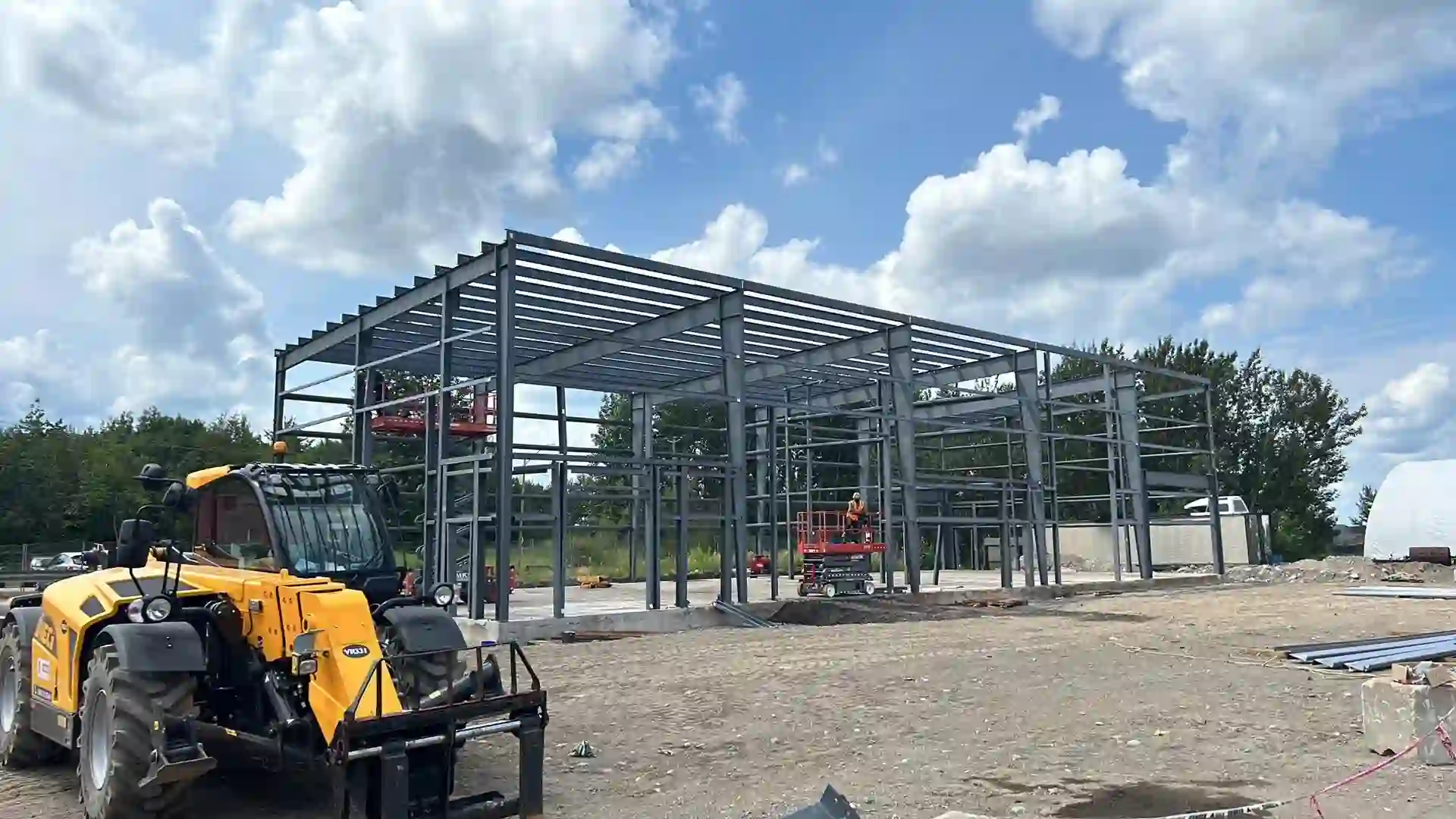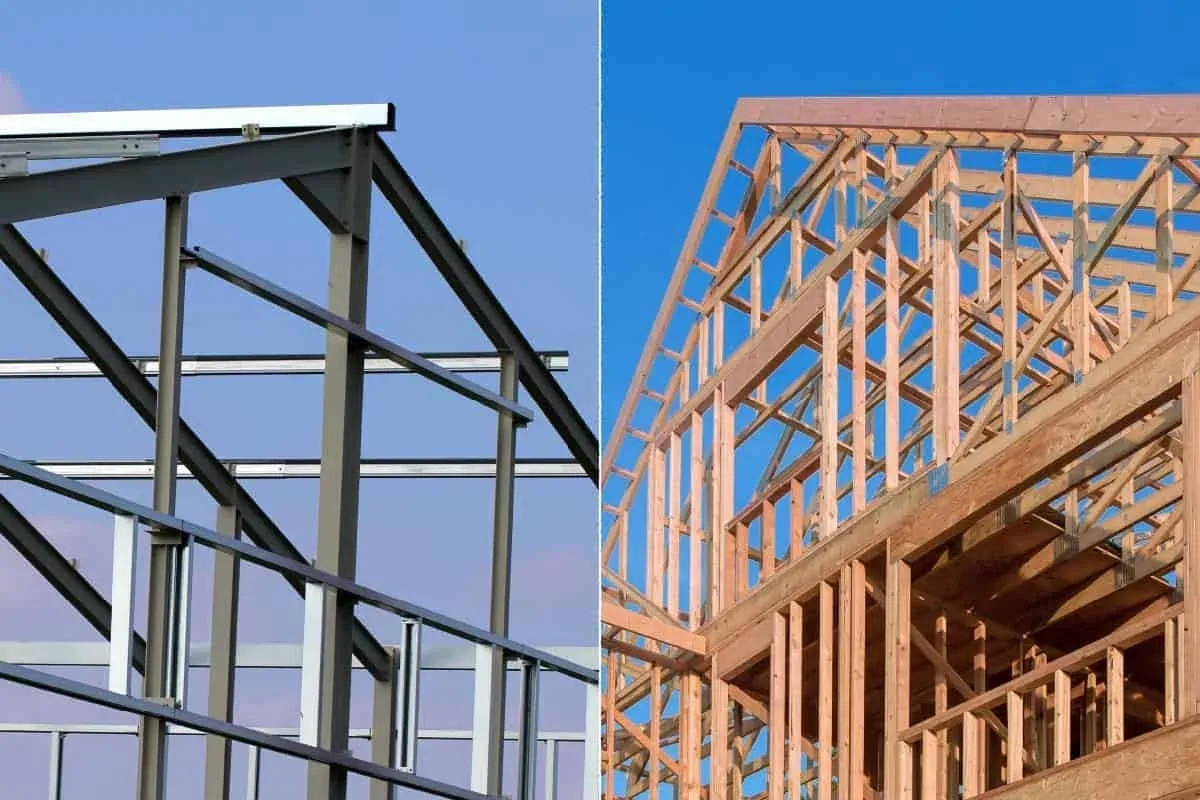The best time to buy: Now
If you’re an investor, a company or an individual looking for prefabricated steel buildings, it’s essential to be aware of this upward price trend. Buying a prefabricated steel building today can be a financially sound decision in the long term. Statistics show that prices are only likely to rise over the next few years. According to projections by Global Construction Review and Canadian market analyst reports, prefabricated steel building prices could rise by a further 10-15% by 2026 if current trends continue.
Price trends since 2013: A steady rise
Since 2013, prices for prefabricated steel buildings have risen steadily. Several market studies point to an upward trend, fuelled by various economic factors, including growing demand in the agricultural, construction and industrial sectors. Indeed, the Canadian market for prefabricated steel buildings has seen prices rise by an average of 3 to 5% a year. Here is an overview of this evolution by year:
- 2013-2015: Post-recession stabilization – After the global recession of 2008-2009, Canada’s construction sector has regained a degree of stability. Prices for prefabricated steel buildings have shown a slight increase of around 2-3% per year, due to rising demand in agricultural and industrial areas.
- 2016-2019: Sustained growth – During this period, demand for industrial and agricultural structures continued to grow. The price of prefabricated steel buildings has risen more significantly, with an average annual increase of between 4% and 6%. Factors such as rising raw material costs and increased transport rates have contributed to this price rise.
- 2020-2022: Impact of the COVID-19 pandemic – The pandemic had a disruptive effect on many sectors, but the prefabricated steel building market was particularly affected by labor shortages and supply chain disruptions. In 2020, prices exploded, rising by 8-12%, largely due to economic uncertainty and pressure on raw materials such as steel and aluminum.
- 2023-2025: Rises and forecasts – Prices are currently continuing to rise, although inflation seems to be stabilizing. Rising energy costs, persistent material shortages and increased demand in new sectors, such as logistics warehouses, have contributed to a 5-7% rise in prices by 2023. Projections indicate that this trend could continue until at least 2026.
Why prices will continue to rise in the years ahead
The future of prefabricated steel building prices in Canada appears to be anything but stable, and there are several reasons for this continuing upward trend:
- Global steel shortage and rising raw material costs – Canada, although a steel producer, depends on significant imports for certain specific grades. The continuing rise in the cost of raw materials, particularly steel, is leading to a direct increase in production costs for prefabricated steel buildings. According to the latest SteelBenchmarker data, the price of crude steel has risen by 45% between 2021 and 2023.
- Growing demand for sustainable buildings – Canada is increasingly moving towards sustainable, energy-efficient construction. Steel buildings, which are not only strong but also recyclable, meet these ecological requirements. This increased demand in sectors such as logistics, agriculture and even urban infrastructure is driving up prices.
- Inflation and transport costs – Global inflation and high transport costs continue to weigh heavily on prices for prefabricated steel buildings. Rising fuel costs and restrictions on the transport of goods around the world mean longer lead times and additional costs to deliver these structures across the country.
- Supply chain issues – The pandemic has highlighted the fragility of global supply chains. Even after the economic recovery, supply chains are still fragile, affecting the production of steel and other materials needed to build these structures. These interruptions increase costs and sales prices.
- High interest rates and demand for large-scale projects – Large-scale projects requiring prefabricated steel buildings, such as logistics warehouses, continue to grow as e-commerce expands. However, high interest rates make borrowing more expensive, which could reduce the number of companies able to afford large-scale construction in coming years, increasing competition and demand in a tight market.
Conclusion: An inevitable trend, but a buying opportunity
The market for prefabricated steel buildings in Canada is booming, underpinned by economic and industrial trends that show prices continuing to rise. Given inflation, rising raw material costs, and growing demand in several key sectors, it’s clear that the price of these structures will continue to climb in the years to come. The ideal time to invest in a prefabricated steel building is now, before prices reach new heights.
By positioning yourself today, you can benefit from rates that are still relatively affordable, before price increases become a heavier burden to bear in the future. Don’t miss this opportunity to make a strategic investment in building your future.






